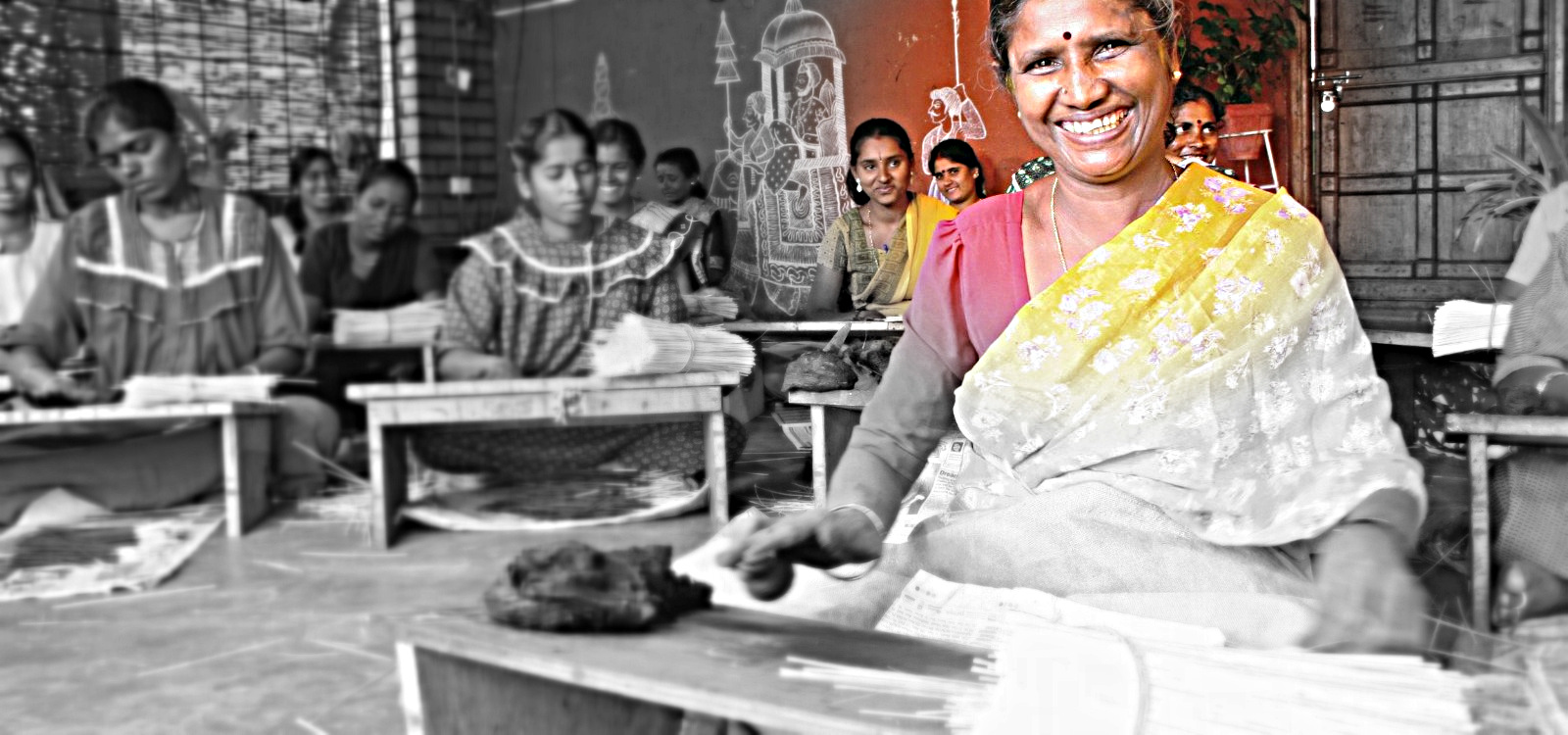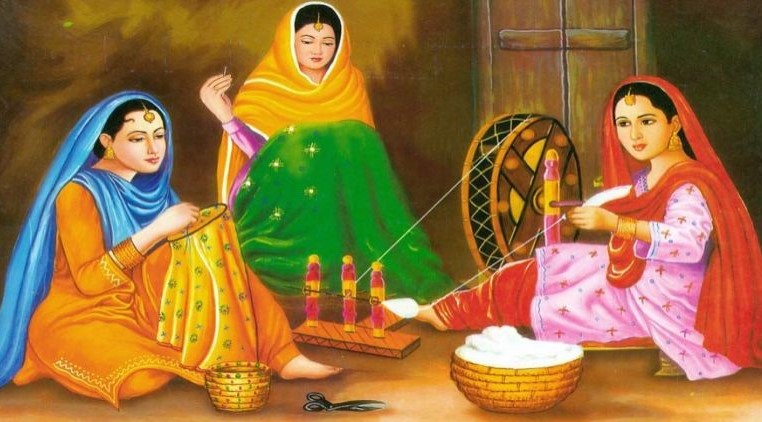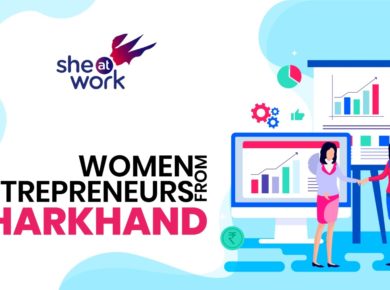With majority of Indian population living in villages, the rural terrain still holds on to its own peculiar traditional ethos.
Interestingly, now most regions of the country are connected to cities. But a reality check is that most rural communities still lack modern facilities like education, electricity, proper drinking water, health care, transportation etc.
Tracing back in time, the position of women throws up a distinct picture. Women emerged as a distinct interest group in the 19th century primarily because the bourgeoisie democratic revolutions of 17th and 18th century, which excluded women from the concept of ‘equality’. Since then women as a community has struggled for recognition of their rights. It was a long struggle, but isnow ultimately paying off!
The role of women has had many layers in society – as a daughter, mother, wife, service provider to the society. Undoubtedly, it’s a fact that women’s contribution to the country’s development is equal to that of man, but they still experience a number of limitations. It was against this background that governments all over the world felt the need to prioritize the interests of women and their participation in the development process. UN took a giant step in 2015 and stated that ‘Gender Equality and Women Empowerment’ as one of the Millennium Development Goals to be attained in that year.
In spite of the challenges, women have to face difficulties to meet their personal needs and become economically independent. In fact, often women in India are deprived of their fundamental right to dignity, let alone the question of gender equality. She still has to work around challenges in rural India like – the sanitation issues, educational beliefs, community customs, etc. What has to be done is to evolve strategies to empower women and do away with gender issues. And, as a ray of hope the current government introduced the initiative – “beti bechao, beti pudao”. This is clearly creating an impact.
The dual role that women have been playing – that of managing the family and her business have been overlapping and she has faced a number of problems in trying to achieve a balance. Today, she is managing this with ease – as we can see portrayed in many popular ads.
Alternatively, in the rural regions – the story has not moved forward. Women still face numerous problems. Let’s take a look at some important issues.
Lack of finances
Lack of literacy
Lack of risk-taking ability
Lack of visibility as strategic leaders
Lack of information and assistance
Lack of training
Lack of infrastructure
Lack of mobility
And, last but not least, it still remains a male-dominated society.
What needs to be done is – to consider women an important human resource of the nation. Every state should try to utilize them as mediators of economic growth and development. One of the ways for achieving that is – encouragement for women entrepreneurship.
But, unfortunately the traditional mind set of the society and negligence of the state and respective authorities is an important obstacle for the women entrepreneurship development in India.
Therefore, there is a need of continuous attempt to inspire, encourage, motivate and co-operate with women entrepreneurs. Aawareness programs should be conducted on a mass scale with the intention of creating awareness among women about the various areas to conduct business.
Somewhere the seeds of progress have been sown. Today, more and more women are trying to break free from their traditional roles and trying a hand at gaining a stronger financial foothold.
It can be seen in Uttarakhand that women have been the backbone of the State’s economy. Women are the mainstay of the culture and traditions of the hills. Repeatedly, hill women have shown remarkable courage and participation in development programs. Despite the adverse conditions of life in the hills, the rural women of the area portray immense potential and prominence in society.
While studying the problems of rural women entrepreneurs in the rural areas of Rajasthan (where rural women were engaged in entrepreneurial activity) it was revealed that there was lack of supportive network. Financial and marketing problems were the major problem areas for rural women entrepreneurs and major demotivator too – for women to initiate entrepreneurial activity.
So, it is very important that the developmental plans in India should give priority to welfare schemes and programmes. By empowering rural woman through education can enable them to live with dignity and self-reliance cutting across the barriers of customary biases and prejudices, social barriers of caste, class, gender, occupation and institutional barriers that prevent them from taking action to improve their state. Therefore, skill development programmes must be launched for rural women so as to make them self-reliant and economically independent.
This way, there is no doubt that rural women can acquire any skills and thus change their own destiny!
References:
https://lexquest.in/women-rural-india-prospects-challenges/










